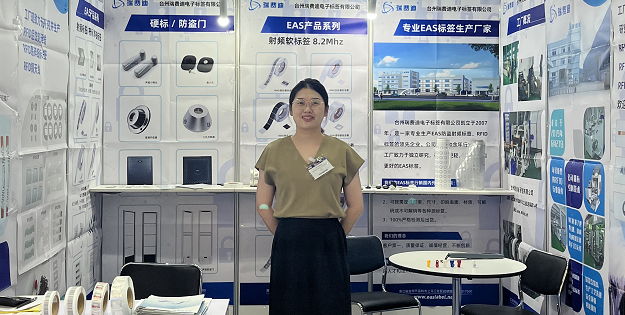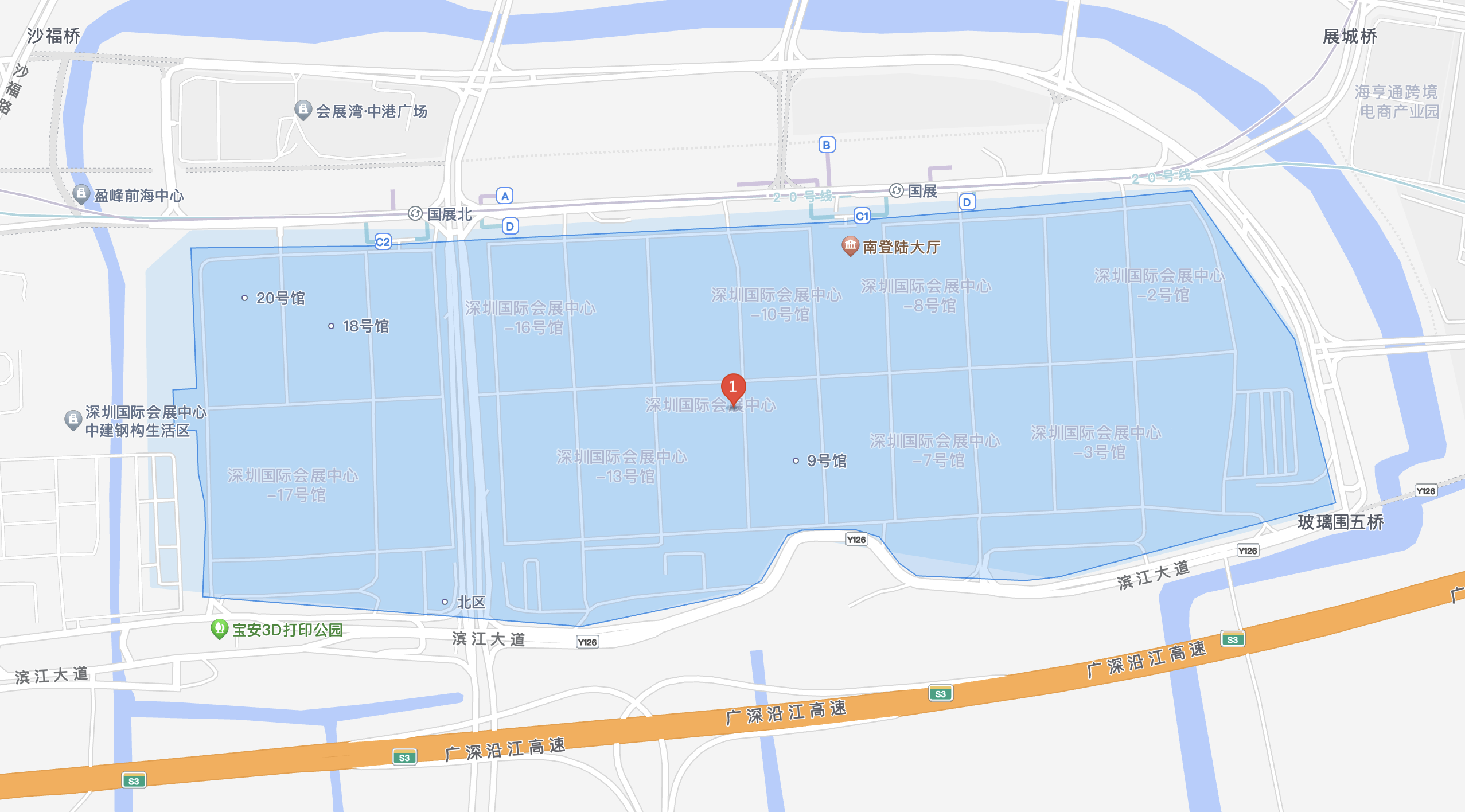Recently, RFID World Network visited Taizhou RFID&Radio Frequency Identification Co., Ltd. and discussed some issues of concern to the market with Yan Lingjun, the sales director of Taizhou RFID&Radio Frequency Identification Co., Ltd.

Q: Hello Mr. Yan, could you briefly introduce the development history and main business of Taizhou Ruifeidi Electronic Label Co., Ltd?
A: Taizhou RFID&Radio Frequency Identification Co., Ltd. was established on October 8, 2012. The factory is located at No. 14 Qiming Road, Shangma Industrial Zone, Shitang, Wenling, Taizhou, Zhejiang, the first place where the first ray of sunshine shines in the new millennium in mainland China. The company has gradually grown from its early days and now has a new plant area of 18,850 square meters. It is mainly engaged in the research and development, production and sales of RFID aluminum etched smart label antennas, EAS electronic anti-theft labels, various flexible circuit boards, and heating films, with an annual production capacity of 4 billion pieces. In 2017, it obtained the Zhejiang Provincial Science and Technology Small and Medium Enterprise Certificate. Zhejiang RFID Electronic Technology Co., Ltd. was established on June 27, 2019. Using advanced patented technology, it has innovatively developed an internationally advanced and domestically pioneered additive copper adsorption production line. The company's product sales network covers the United States, Germany, the Netherlands, Hong Kong, Singapore and other countries and regions. People from all walks of life are warmly welcomed to exchange and cooperate in technology, business and other aspects to achieve win-win results.
Q: What types of electronic label products does the company focus on? What core technologies does it have in the field of electronic labels?
A: Our company specializes in the production of RFID aluminum etching antennas. We have a complete set of advanced production lines, mature production technology and various automatic testing equipment, a strict quality control system, and experienced professionals to conduct inspections to ensure stable product quality and compliance with relevant standards and certifications. The annual output of tags and antennas can reach 4 billion pieces. We have provided high-quality and affordable RFID smart tag antennas to several large companies at home and abroad.
Q: In retail scenarios, many high value-added products, such as 3C, luxury goods, home appliances, etc., actually need to use RFID. Are there any technical difficulties that have not been solved? Has the company participated in or seen any related projects?
A: First, the interference of RFID signals is a key challenge. In a complex retail environment, many electronic devices and metal objects may interfere with RFID signals, resulting in inaccurate or failed readings. This is a hidden danger that cannot be ignored for high-value-added products that require precise inventory management and theft prevention.
Secondly, cost is also one of the factors that restrict the widespread application of RFID. It takes a lot of money to equip each product with RFID tags and corresponding reading equipment, especially for some products with relatively narrow profit margins, which may increase the operating costs of enterprises.
Furthermore, data security and privacy protection are also crucial. High-value-added products often involve consumers' personal information and purchase records. How to ensure the safe transmission and storage of these data in the RFID system and prevent data leakage is a problem that must be faced.
Our company has begun to try to apply RFID technology to the retail management of high-value-added products. By cooperating with technology suppliers, we continue to explore optimization solutions to reduce costs, improve signal stability, and strengthen data protection. However, these projects are still in the pilot or initial promotion stage. To achieve large-scale popularization and application, it is necessary to overcome the above technical difficulties and form mature solutions.
In short, RFID technology has broad application prospects in the Internet of Things and retail scenarios of high value-added products, but to give full play to its advantages, a series of technical problems still need to be solved. Only through continuous innovation and breakthroughs can this technology bring greater value to industries such as the Internet of Things and retail.
Q: What do you think about the prospects of RFID in the field of store theft prevention? Can it replace EAS?
A: RFID has a bright future in the field of store anti-theft, but it may not completely replace EAS in the short term.
RFID technology has many advantages, which makes it show great potential in store anti-theft. First, RFID can achieve long-distance and multi-tag simultaneous reading, which greatly improves the efficiency and accuracy of anti-theft detection. Second, it can provide more detailed information about items, which is convenient for inventory management and commodity tracking.
However, the EAS system also has its own characteristics and advantages. The EAS system is relatively simple and low-cost, which may be more attractive to some small or budget-limited stores. Moreover, EAS has been used for a long time and has a mature market foundation in the field of anti-theft.
In the long run, with the continuous development of RFID technology and the gradual reduction of costs, its application in the field of store anti-theft may become more and more extensive. However, in the short term, due to factors such as cost, technology popularity and market inertia, EAS will continue to exist and be used to a certain extent.
In general, the prospect of RFID in the field of store anti-theft is optimistic, but it will take a gradual process to completely replace EAS.
Q: What are the main challenges facing the current market and how is the company addressing them?
A: The main challenges facing the current market may include the following aspects:
Fierce competition: Many companies in the field of electronic tags are participating in the competition, and the competition for market share is fierce.
Rapid technological updates: Continuous investment in research and development is required to keep up with the pace of technological development and meet the growing needs of customers.
Cost pressure: Factors such as fluctuations in raw material prices and rising labor costs have led to increased corporate costs.
Diversified customer needs: Different customers have different requirements for the performance, specifications, application scenarios, etc. of electronic tags, and it is difficult to meet these diverse needs.
Market uncertainty: External factors such as changes in the economic situation and policy adjustments may affect market demand and corporate development.
In response to these challenges, Taizhou RFID&Radio Frequency Identification Co., Ltd. has taken the following countermeasures:
Continuous innovation: Increase investment in research and development, improve technical level, and launch more competitive products and solutions.
Optimize supply chain management: Establish long-term and stable cooperative relationships with suppliers to obtain more favorable raw material prices, improve production efficiency, and reduce costs.
Focus on customer service: In-depth understanding of customer needs, provide personalized customized services, and enhance customer satisfaction and loyalty.
Strengthen market research and forecasting: Keep abreast of market dynamics and trends, and flexibly adjust business strategies to cope with market uncertainties.
Cultivate and attract talents: Establish high-quality R&D, production and sales teams to provide strong support for corporate development.
Of course, specific response measures may vary depending on the company's actual situation and development strategy.
Q: How do you view the future development trend of the electronic label industry? What new opportunities and challenges are there?
A: Market size continues to grow: According to Business Wire, the global electronic price tag market size will maintain a compound annual growth rate of 16.85% in the future, and the market size will reach US$66.98 billion in 2022. New opportunities in the electronic tag industry in the future may be in the following aspects:
Technological innovation becomes a core competitiveness: With the continuous development of technologies such as 5G, artificial intelligence, and big data, electronic tag technology will also continue to innovate. For example, in terms of chip technology, the functionality and reliability of chips will be greatly improved, supporting multifunctionality, such as application in measurement and multi-task models. At the same time, new communication technologies will make electronic tags suitable for long-distance communication, cluster data transmission, and high-precision positioning transmission, thereby improving their technical performance.
Industry standards are gradually unified: At present, the electronic tag industry standards have not yet been unified, and products from different manufacturers are incompatible with each other, which has brought certain obstacles to the development of the industry. In the future, as the industry continues to develop and mature, industry standards will gradually be unified, which will help improve the overall development level of the industry.
Integration and development with other technologies: Electronic tag technology will integrate and develop with other technologies such as sensor technology, biotechnology, artificial intelligence, etc., thereby expanding its application areas and market space.
Application areas continue to expand: In addition to traditional fields such as logistics, retail, and medical care, the application of electronic tags in smart manufacturing, smart transportation, smart home and other fields will continue to expand. For example, in the field of smart manufacturing, electronic tags can be used to monitor and manage the production process to improve production efficiency and quality; in the field of smart transportation, electronic tags can be used for vehicle identification and management to improve traffic efficiency and safety.
Green environmental protection has become an important development direction: With the global emphasis on environmental protection, the electronic tag industry will also develop in the direction of green environmental protection. For example, using environmentally friendly paper degradable materials, reducing energy consumption, and improving the recyclability of tags.
Of course, with the continuous development of technology and the continuous changes in the market, the electronic tag industry also faces some challenges, such as privacy and security issues, cost issues, inconsistent technical standards, and intensified industry competition. But overall, the future development prospects of the electronic tag industry are still broad, and there is a lot of room for growth in many fields.
This paper is from Ulink Media, Shenzhen, China, the organizer of IOTE EXPO (IoT Expo in China)
Join us at August 28–30 in Shenzhen, and let’s shape the future of technology together!
To register IOTE 2024 Shenzhen station:
https://eng.iotexpo.com.cn/sz/Visitors.html?lang=EN&source=YJ1


















